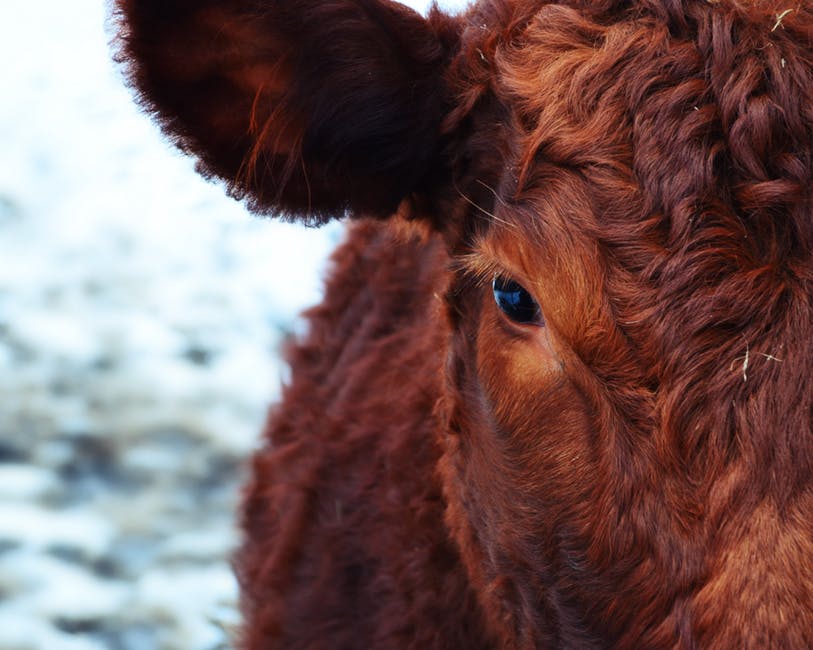CARBOHYDRATE UTILIZATION
Phosphorus (P) is the second most commonly found mineral in the body, right behind calcium. 85% of P is located in bones and teeth. P is essentially for milk secretion, bone mineralization/growth, energy metabolism and protein synthesis.
Minerals play a key role in energy metabolism. P is a major part adenosine triphosphate (ATP) which is the body’s energy source for transport of organic substances and synthesizing of proteins and fats.The ATP producing systems are glycolysis, Krebs cycle (Citric acid cycle) and electron transport system (ETS). Magnesium (Mg) and Manganese (Mn) are used in the citric acid cycle to stabilize the enzymes and the ATP molecules. Without adequate levels of P, Mg and Mn, ATP production will greatly decrease, in turn hindering the animal’s performance. P also reacts with lipids to create the phospholipid bilayer of the cell membrane. Copper is part of cytochrome C oxidase that converts ADP (adenosine diphosphate) to ATP in the ETS. Glycolysis and the citric acid cycle break down glucose and produce NADH and FADH2 to provide electrons to the electron transport system. The electrons then pass through protein complexes to produce ATP. Copper and Iron are also utilized during this process to continue the flow of electrons through the ETS.
An animal with a well balanced supply of minerals will be better suited to create more efficient utilization of energy. This means that less overfeeding will take place with the same dietary outcome.
“FOOD ENERGY UTILIZATION FROM CARBOHYDRATES IN ANIMALS”
As science evolves and we gain a better understanding of animal physiology, one thing becomes painfully obvious, there is always more to learn.







